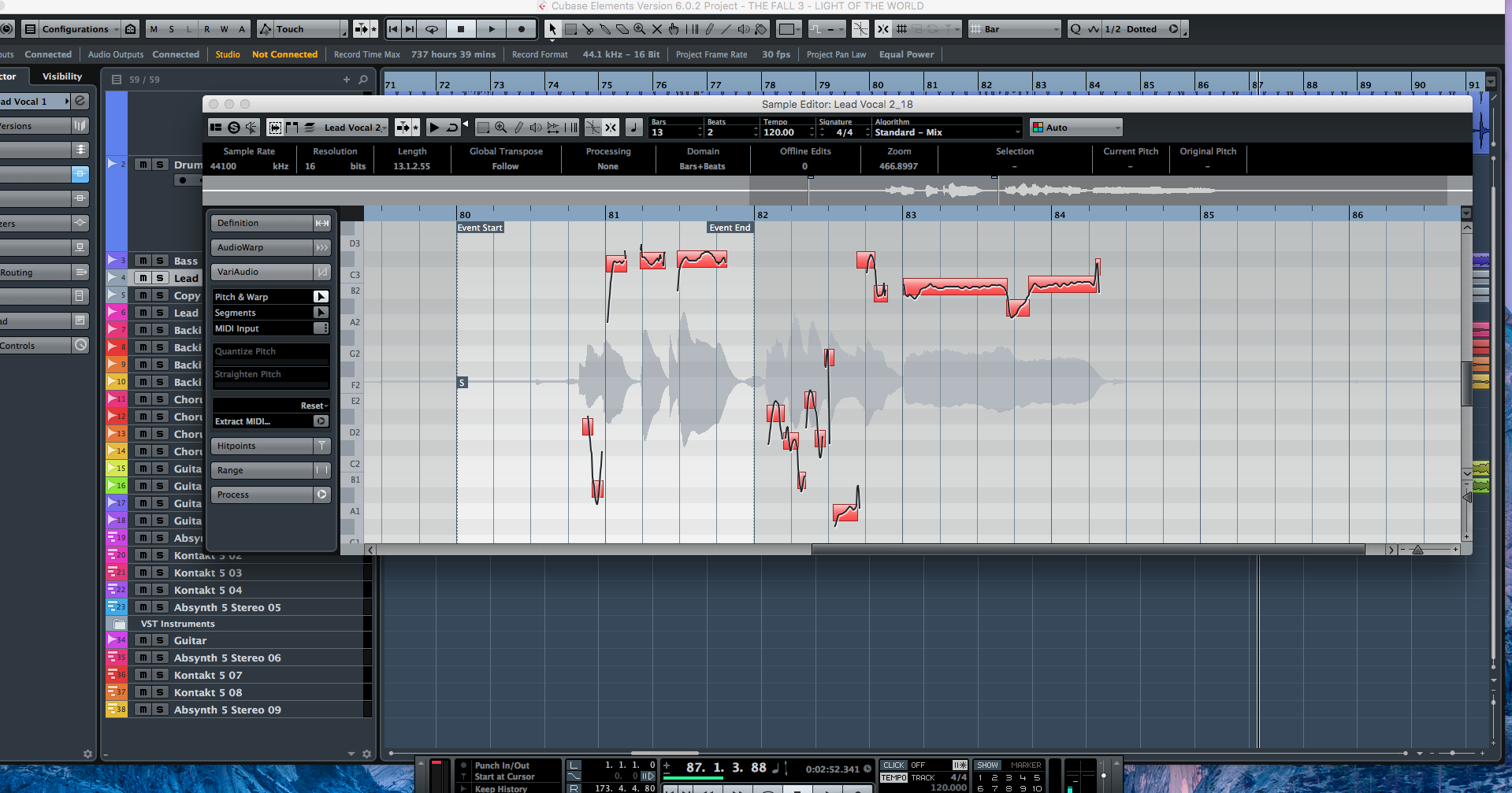Songwriting 2016: Introduction To Songwriting – Step-by-Step
Andy Price continues his look at using your DAW to assist you in getting your songs started… 7: Now comes the part where you need to decide whether this piece of music is worthy enough to be the song’s chorus, verse or bridge. Chord Assistant (open Project > Chord Pads then click up) in Cubase […]

Andy Price continues his look at using your DAW to assist you in getting your songs started…

7: Now comes the part where you need to decide whether this piece of music is worthy enough to be the song’s chorus, verse or bridge. Chord Assistant (open Project > Chord Pads then click up) in Cubase helps by suggesting additional routes to go down.

8: Once you’ve decided what part of the song this section will be, it’s time to create the next section. Your chorus melody should generally be a higher pitch than that of your verse (or pre-verse) – the ear perceives a lift has taken place and we are at the peak of our song.

9: If your first section was designated the chorus, then the next section to create will be the verse. The top-line melody of the verse should contrast the chorus and generally leave more ‘space’. The respective melodies of your chorus and verse can differ dramatically.

10: The transition between verse and chorus may be jarring, and this is where a pre-chorus comes in. Melody here should be closely tied to the verse, perhaps using it as a framework and subverting it in some way to lead into the first root note of the chorus melody.

11: So now you have three sections: a designated verse, pre-chorus and chorus, hopefully sounding coherent. Adding additional instrumentation and layering up your sections with counter melodies and atmospheric sounds can really help to solidify your composition.

12: Now’s the time to think about your lyrics, or more importantly, your vocals. You may have already had some lyrical ideas that formed your melody, or even phonetic sounds that you might feel are integral to the melody. Has the original intention of the song changed?
Step-by-Step – Songwriting out of the Box

1: Though we’ve just demonstrated one simple method of writing songs fresh completely using your computer, also try turning the computer off and starting your ideas with just your (or any) instrument of choice: be it guitar, piano or even just with your voice.

2: It really makes sense to have your smartphone on hand to record, or even sequence, your idea. The same basic principle applies from the first part: find a nice melody or at least one that suits the tone of the track you intend to write. Or let the melody ‘lead’ the way…

3: Getting out into the country or walking through a bustling city can fill the brain with new frames of reference and new approaches that give you the critical will to want to write good music. Novation’s mobile gadgets and instruments are purpose-built for this function

4: It’s probably best from a live-instrument standpoint to start with your chords. Once you’ve recorded these chords you can loop them indefinitely and then have fun, finding your all important top-line melody (more on this later in the series). Remember, you can use your instrument as well as your vocals for this.

5: When creating subsequent sections for the same song, we find you can ‘feel’ the song better when you’re creating the sound from your instrument rather than in the box – and you may naturally progress to the correct chord based on your instrumental instinct.

6: You may want to start composing out of the box and then go to your computer to sort out the mix, or just record your instrument/vocal and move on to the next song. It’s fun to vary how you approach songwriting, as each approach has different positives and negatives.
